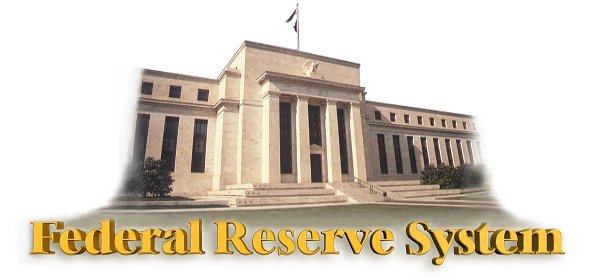 |
| Created by Congress in 1913, the Federal Reserve Banking System serves as a central bank to the United States. Its primary functions are to issue currency, supervise the nation's banking system, and conduct monetary policy. It consists of 12 regional banks. Prior to the creation of the Federal Reserve System the country was in desperate need of a financial system where the amount of currency (money) could expand and contract with the economic needs of the nation. The country also needed a system that could provide a "lender of last resort" for banks. During poor economic times, banks would be at great risk of running out of capital reserves. When a local bank had withdrawal demands in excess of its reserve, it had no place to go for help. The bank would, literally, close its doors to customers and declare a "banking holiday." The Federal Reserve Act of 1913 was designed to prevent the devastating "runs" that occurred periodically in early U.S. history. In 1907 the "run on the banks" was so bad that currency practically disappeared. Payrolls were disrupted and some merchants were forced to give I.O.U.'s to their customers, instead of making change. |
The Stock Market and the Federal Reserve System
Structure of the Federal Reserve System
Controlling the Money Supply--Open Market Operations | |
| History Dynamics Analytics Home | ||
Copyright © 2001 BoomOnWallSt.com All Rights Reserved | ||